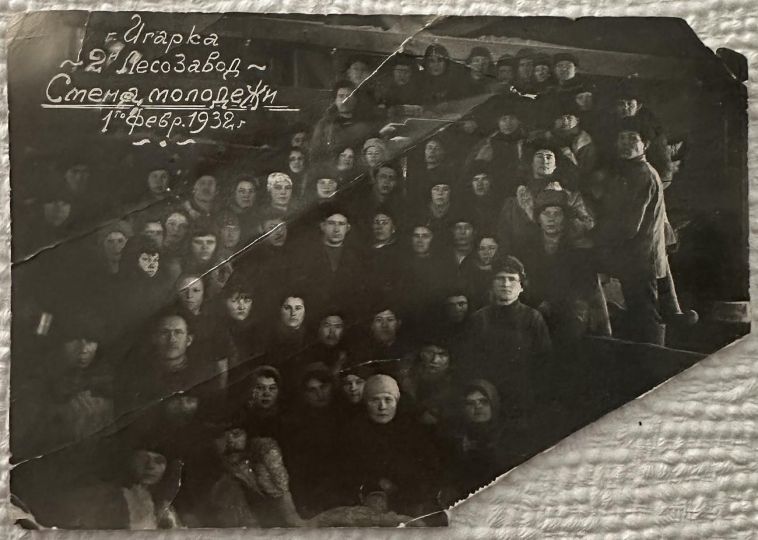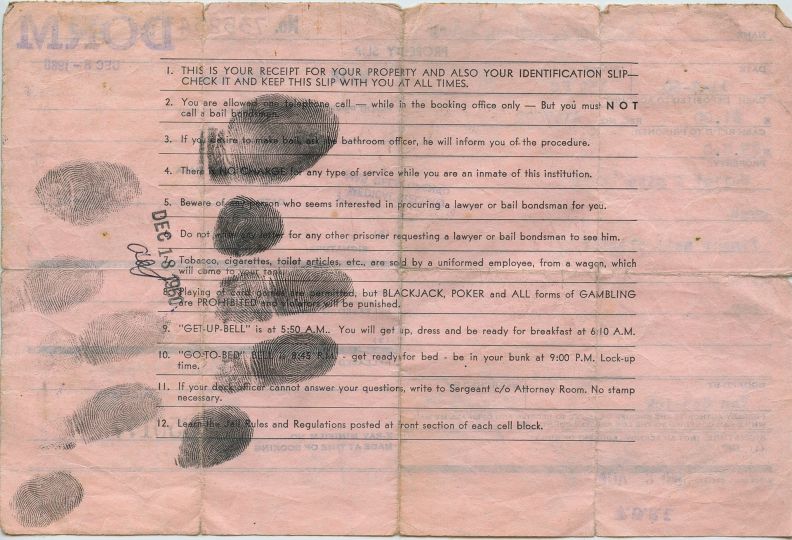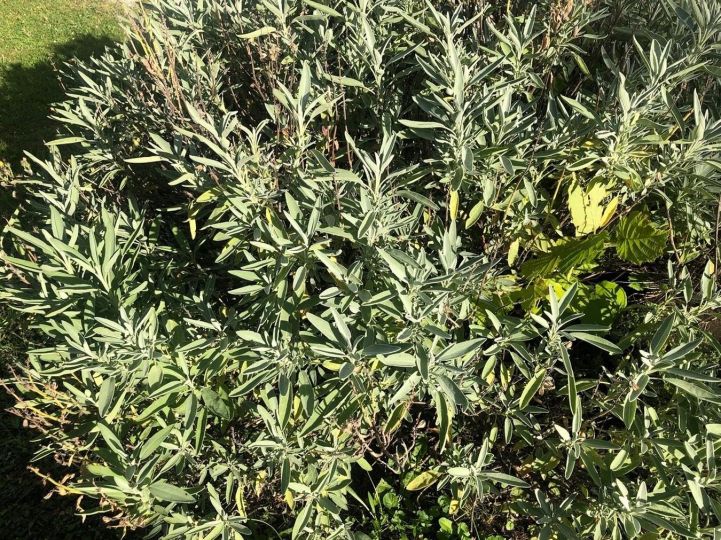As a reporter, Valdir Zwetsch has been a few times in the Xingu Indigenous Territory, in northern Brazil, a protected area of the Amazon, where 4000 individuals from 16 different ethnic groups live today. In the Xingu, those people maintain their original cultures, the self-sustainable way of life integrated with Nature, the sacred rituals and a deep spiritual experience.
The more than 500 photographs in this series record scenes of everyday life of the villages, important rituals such as Kuarup (homage to the dead), Nami (male rite of passage in which boys ears are pierced), Yamurikumá (ritual in which women take on symbolically control of the village and act like men) and scenes from Huka-Huka (physical confrontation between different ethnicities that usually closes the main rituals in the Upper Xingu).
At this moment, the Brazilian government despises indigenous population and threatens the existence of protected areas, favoring mineral extraction, agriculture and deforestation. Thus, we believe that these images, which transcend cultural, documentary and anthropological aspects, gain strength as an example of sustainability, spiritual greatness and political resistance.
About Xingu Indegenous Park
Xingu National Park, later called Xingu Indigenous Park, was created on April 14, 1961 and is considered the largest and one of the most famous reserves of its kind in the world. Its main creators were the Villas Bôas brothers and it was up to the anthropologist Darcy Ribeiro (an employee of Indian Protection Service – SPI) to write the project. Currently the Xingu houses ethnic groups that have been there almost two millennia, while others have been incorporated over the centuries. Study centers, including the United Nations Educational, Scientific and Cultural Organization (UNESCO), consider this area as the most beautiful pure linguistic mosaic in Brazil.
Today, the Xingu Indigenous Park is a spot of environmental and cultural preservation surrounded by farms, roads, lumber companies, and urban agglomerations. Several economic interests occupy the region in a disorderly expansion.
In the early 1970s, there were still eagerly unexplored areas in Brazil. The country was still discovering its own interior. It was when Valdir accompanied the Villas Bôas brothers in their initial contact with the Kreñakãrore Tribe, who still lived isolated in the jungle. In 1971, he worked for the magazine O Cruzeiro and followed the work of FUNAI (National Foundation for Indigenous) indigenists, who would try to attract the Kreñakãrore Indians. They lived isolated in the Amazon jungle and were called giants by the Xingu tribes. The title of the article published in the magazine O Cruzeiro (year 1971, edition 12 – http:// memoria.bn.br/ docreader/003581/179556) was “Indians of the Amazon”, motivated by the nickname that the natives had in the region. The repercussion of the article were so great that it even inspired ex-Beatle Paul McCartney to create the song “Kreen-Akrore”.
About Valdir Zwetsch
Brazilian journalist, born in the extreme south of Brazil. He started in 1968 as an intern at Folha da Tarde newspaper, in Porto Alegre – RS. In the following year, he came to Sao Paulo and went through several press agencies (O Cruzeiro, Jornal da Tarde, Zero Hora, Realidade, Pop, Veja, Playboy among others). At the turn of 1970s and 1980s, he switched to television news: Rede Globo, TV Cultura, Rede Bandeirantes, Rede Record.
Since he started his career as a reporter, in 1968, Valdir has always been accompanied by a camera to record what he found along his path. His look does not differentiate the Human from Nature: everything is one, the elements fulfill their destiny with this awareness of the whole whether in harmony or in conflict.
















